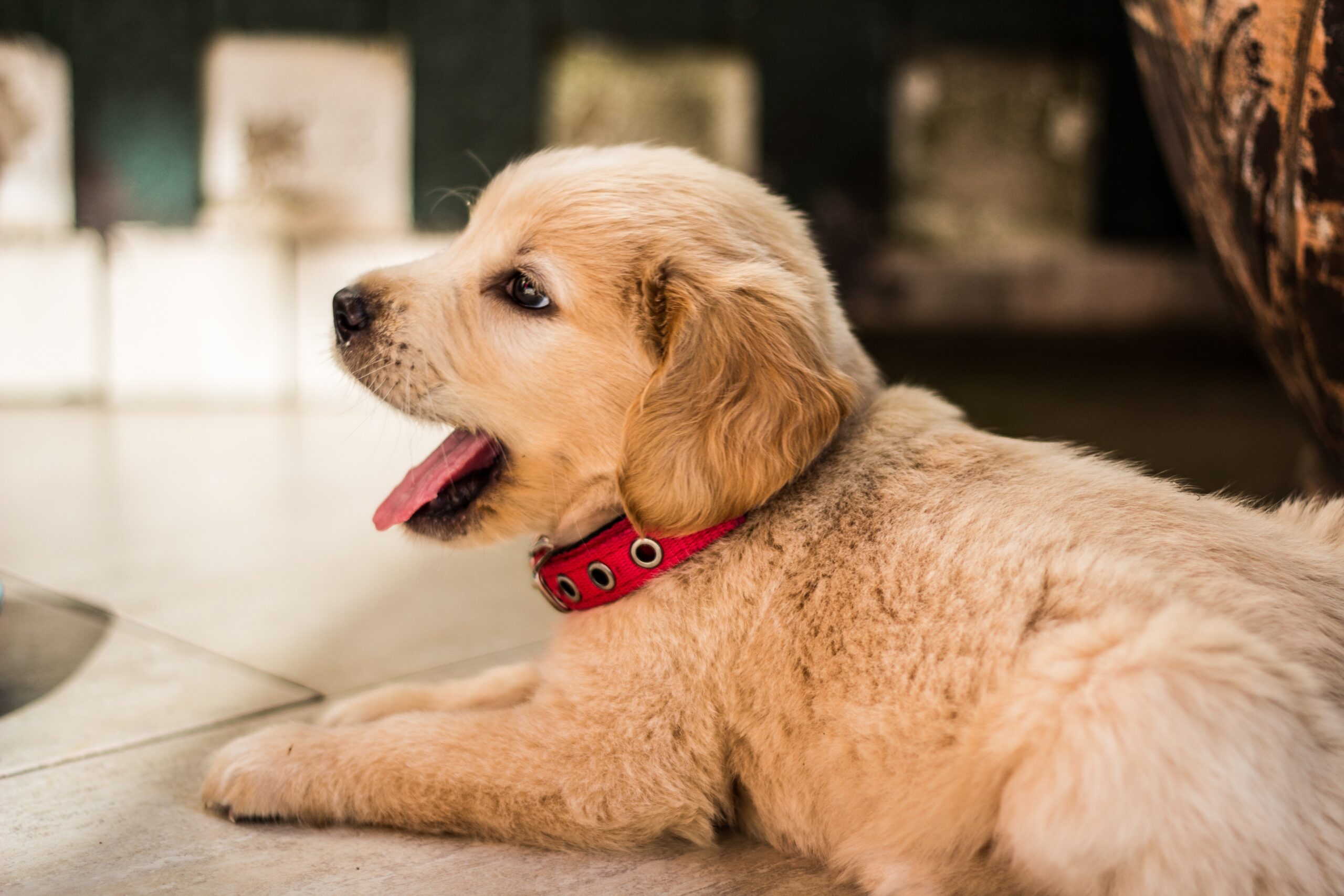When do puppies lose teeth and how to help with teething
by Ontario SPCA and Humane Society | Dog Care | March 30, 2023

The adorable furball you adopted has transformed into a nipping machine, chewing everything in sight, including you. Teething time has begun, and it is a tough time for pups. Teething in puppies may not last as long as for human babies but it can be intense.
Puppies get their baby teeth at about two weeks of age, growing in 28 very sharp little teeth. Between three and four months of age, the puppy teeth start to fall out to make room for the 42 adult teeth. By six months of age all their baby teeth should be out, but it may take up until they are eight months old before adult teeth have fully grown in.
What are the signs of teething?
By recognizing behaviours that indicate your pup is teething, you can help them through this painful process. Abnormal drooling, chewing, whining, biting, suckling, bloody saliva and changes in eating habits can be signs that your puppy is teething.
When teething, pups will chew and nip everything, including you, to ease their gum pain. This is also a time when bad habits can form.
“Mouthing is a natural behaviour for dogs, especially puppies,” says Megan Holmes, Animal Behaviour Specialist with the Ontario SPCA and Humane Society. “They are trying to explore the world and interact and using their mouth is the only way they know how.”
Teach your pup appropriate play behaviour, show them how to use toys and, when they aren’t nipping or mouthing, reward them with treats. As well, if the puppy continues with the nipping, redirection is step one, says Holmes. “Take away your attention and ignore the pup,” she says.
You can redirect the puppy by providing a different focus for them. For example, throwing a toy for the puppy to fetch, asking them to sit, etc. Instead of the puppy doing a behaviour we don’t want to have happen (i.e. nipping), the puppy will do an appropriate behaviour instead.
Toys are good to use as a redirection tool for puppies as instead of nipping on your arm, you can provide the puppy with a toy as an “appropriate” item for them to chew on.
If the puppy isn’t able to be redirected and continues to nip, that is when you fully ignore the puppy, saying “no” or “off,” providing no interaction. If needed, stand up and walk away.
Is this normal?
How do you know the difference between normal puppy nipping and aggression? Holmes explains, “When puppies are playing or mouthing, they will have a loose body, soft eyes, maybe a wagging tail.”
With aggression the mouthing will become harder, body stiffer and hard staring, Holmes says. “Puppies generally don’t develop aggression if they are positively handled and socialized,” she explains.
How can I help?
There are many options available to soothe those sore puppy gums. There are chew toys that you could put in the freezer or edible options like ice cubes or ice cubes made with low-sodium bouillon. Even a towel or old shirt that has been dampened and frozen can help soothe tender gums. Never offer something that could splinter, like bones, and always supervise your pup when they are chewing on a toy. Even the best made toy is not indestructible.
Puppy teething is a short-term, growing pain. Pay attention to their behaviours, help where possible and direct chewing to appropriate items. As puppies are growing their teeth, it may also be a good time to take on another challenge: keeping those pearly whites clean! A gentle teeth cleaning routine using dog-friendly supplies will help maintain the health of your pooch’s mouth.
Read our blog for more Pet Dental Health Tips.
Categories
Testimonial
As an animal lover all the work you do
As an animal lover all the work you do to help ensure that every dog and cat can find their forever home that is filled with love is greatly appreciated.
